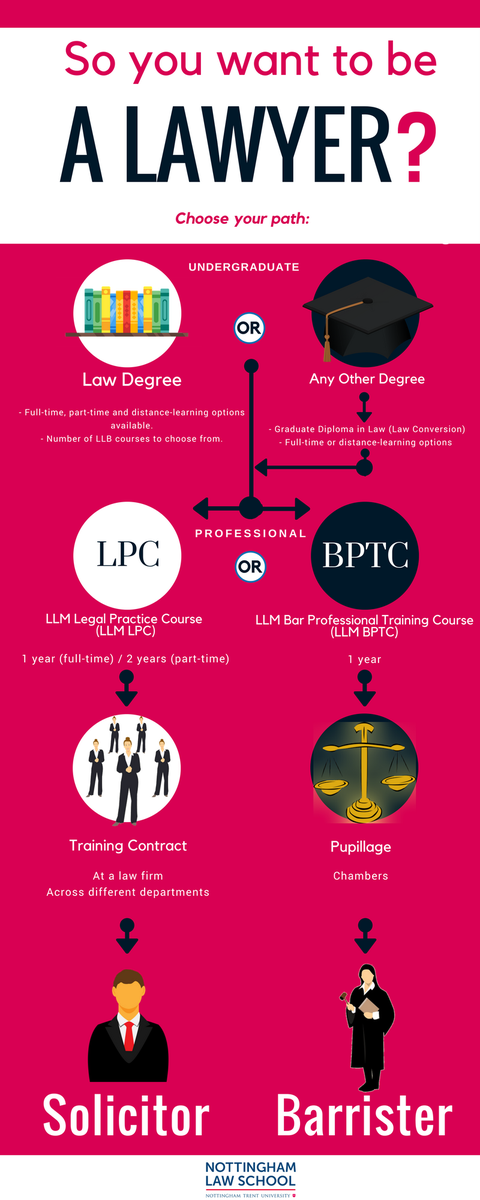A Review Of The Criminal Trial Process: A Detailed Step-By-Step Guide
A Review Of The Criminal Trial Process: A Detailed Step-By-Step Guide
Blog Article
Produced By-Kincaid Bunn
When you enter a criminal trial, you might be stunned by the structured procedure that unravels. Everything begins with court choice, where possible jurors are looked at for predispositions with a method called "voir dire." Afterwards, both sides offer their opening statements, setting the stage for the evidence and testaments to comply with. You'll see how the prosecution and protection construct their instances, however what occurs next can dramatically influence the result. Comprehending these phases can reveal the intricacies of justice, yet there's more to reveal concerning the critical moments that adhere to.
Court Selection Refine
When it involves the jury selection procedure, you're diving right into an essential stage of a criminal test. This process, often called "voir dire," entails questioning potential jurors to guarantee they're honest and capable of delivering a reasonable decision.
You'll see both the prosecution and defense lawyer getting involved proactively, each aiming to choose jurors who straighten with their instance's narrative.
During voir dire, you'll notice that attorneys ask inquiries regarding jurors' backgrounds, ideas, and experiences. Their objective is to identify any kind of pre-existing biases that might influence a juror's choice. As a juror, you might feel a mix of anxiousness and curiosity, but your sincerity is important.
After questioning, lawyers can test certain jurors for cause if they think a juror can't stay neutral. They can additionally use a minimal variety of peremptory challenges to reject jurors without stating a factor.
Trial Phases Explained
The phases of a criminal trial play an important duty in making certain a reasonable and organized process.
You'll first experience the opening declarations, where both the prosecution and defense describe their situations. https://dailybruin.com/2022/08/21/former-ucla-ob-gyn-james-heaps-criminal-trial-begins-with-testimony establishes the stage for what's to find.
Next, the prosecution offers its proof and witnesses, intending to prove the defendant's regret beyond a practical uncertainty. You'll see straight examination followed by cross-examination, permitting both sides to challenge the presented info.
After the prosecution relaxes its situation, it's the protection's turn. They'll offer their evidence and witnesses, frequently concentrating on creating affordable uncertainty. You'll discover that the protection does not have to verify virtue; they just need to test the prosecution's instance.
Once both sides have presented their arguments, you'll listen to closing declarations, where each party summarizes their instance. This is critical as it strengthens their positions before the court deliberates.
Throughout these stages, the judge makes certain that the trial adheres to legal standards which the civil liberties of both events are secured.
Recognizing these phases will aid you appreciate the complexities involved in a criminal test and the importance of each step in the search of justice.
Judgment and Punishing
After all proof has existed and debates made, the jury or court provides a decision, figuring out the defendant's guilt or virtue. If you're part of the jury, you'll ponder with your fellow jurors, talking about the evidence and your impressions. This procedure can take some time, as you'll want to guarantee everyone settles on the verdict based upon the realities.
Once a decision is gotten to, it's announced in court. If mouse click the following webpage accused is condemned, the next phase is punishing. This is when the judge determines the appropriate punishment. You may notice that numerous elements affect the sentence, such as the seriousness of the criminal activity, the accused's past document, and any mitigating scenarios.
The court may impose a variety of sentences, from fines and community service to imprisonment. Sometimes, the defense or prosecution can offer arguments pertaining to sentencing, trying to guide the judge's choice.
If the accused is found not guilty, they're acquitted, and no punishment follows. Bear in mind that a guilty judgment can often bring about charms, where the defendant may test the verdict or the sentence imposed.
Verdict
In a criminal test, you've seen just how vital each step is, from jury choice to the final decision. You have actually followed the prosecution and protection as they build their instances, intending to convince the jury. Once deliberation finishes up, the verdict figures out the end result, and if the offender is condemned, the sentencing stage starts. Comprehending these processes helps you value the intricacies of the justice system and the importance of each function in ensuring a fair test.
